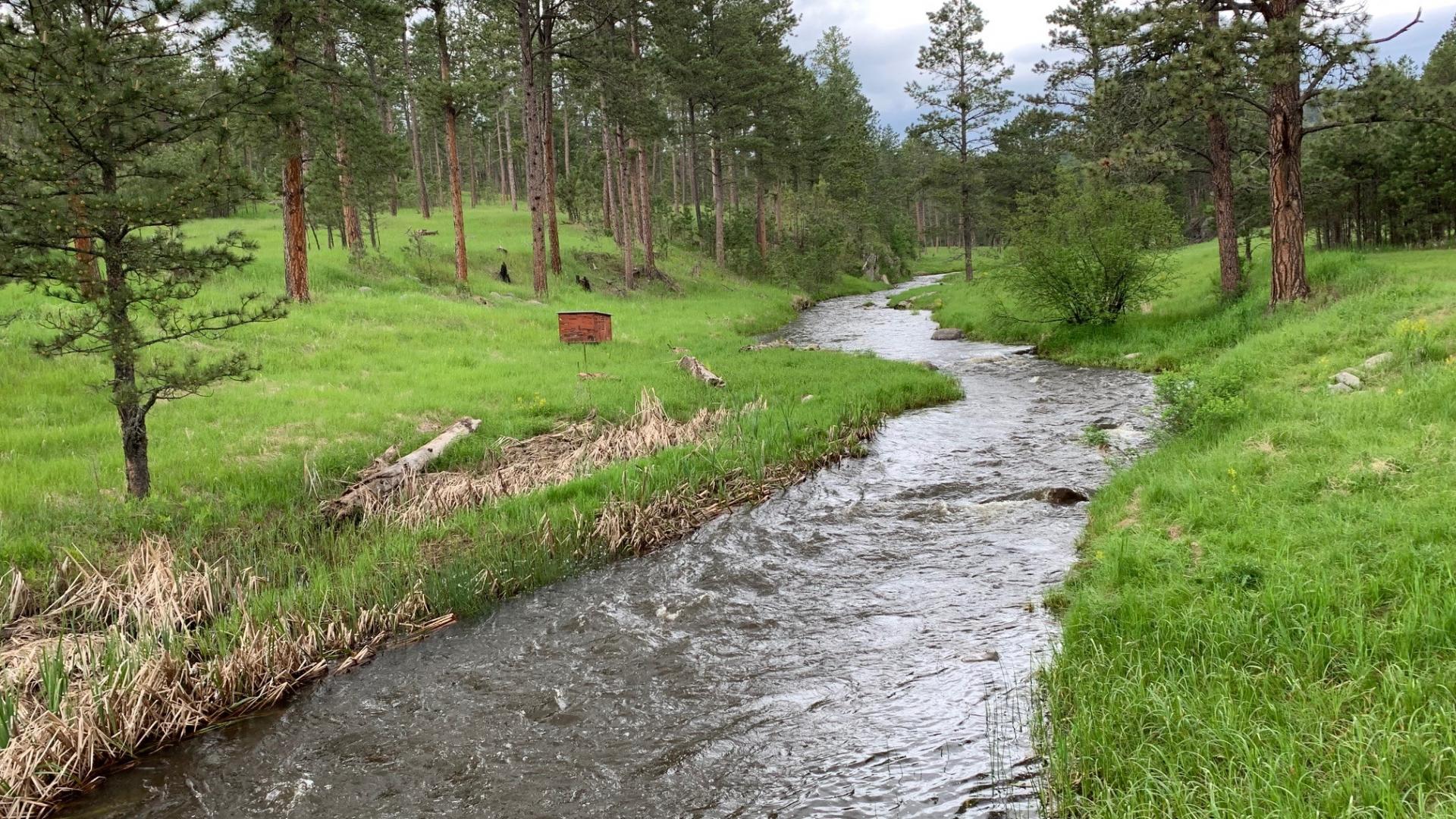
- Body
Grazing permits on state trust lands are similar to permits on federal public lands. Like federal public lands, a grazing permit on state trust lands is a privilege, not a right. Ranchers must renew their grazing permits over time, pay grazing fees, and meet management standards set by the state. Generally, ranchers who currently hold a permit to graze on state trust lands have preference when the permit comes up for renewal so long as they are paying their grazing fees and meeting management requirements.
There are also important differences between federal public land and state trust land grazing permits. First, when ranchers install fencing, water systems, and other rangeland improvements on state trust land, they generally own this infrastructure. While similar infrastructure is required on federal public lands to maintain permits, the rancher does not own the improvements they install on public land. Instead, these improvements belong to the agency that manages the land – either the US Forest Service or the BLM. Second, ranchers with state trust land permits pay their grazing fees to the state rather than the federal government. In some states the grazing fees on state trust lands are low and similar to that of federal public lands. In other states they are higher than federal grazing fees. Finally, there may come a time when the state decides that there are more profitable uses of grazing lands, especially development. When this occurs, the state land department may sell the land for development or some other purpose rather than maintain the grazing permit.
Additional Links
- Arizona State Land Department. Grazing Leases, Agreements, and Improvements. Accessed 4/27/20.
- Utah Trust Lands Administration. Grazing Program. Accessed 4/27/20.
- Arizona’s Trust Land. Willie Sommers, Range Resource Area Manager, Arizona State Land Department Backyards and Beyond, Winter 2009.
- 2011 Comparison of State Trust Land Grazing Fees for 17 Western States. Prepared by Holly Dyer, Commercial Leasing Manager – Wyoming Office of State Lands & Investments.
Further Reading
- Culp, P.W., A. Laurenzi and C.C. Tuell. 2006. State Trust Lands in the West: Fiduciary Duty in a Changing Landscape. Lincoln Institute of Land Policy. Policy Focus Report /Code PF014. ISBN 1-55844-161-1.